6 Private Deep Space Habitat Concepts That May Pave the Way to Mars
Housing Humans in Deep Space

To bring astronauts to Mars by the 2030s, NASA has selected six private companies to design and develop deep space habitats under the second Next Space Technologies for Exploration Partnerships (NextSTEP) Broad Agency Announcement.
NextSTEP-2 focuses on developing deep space habitation concepts through partnerships between the public and private sectors. Here are the new prototypes they created.
Up First: Lockheed Martin
Lockheed Martin
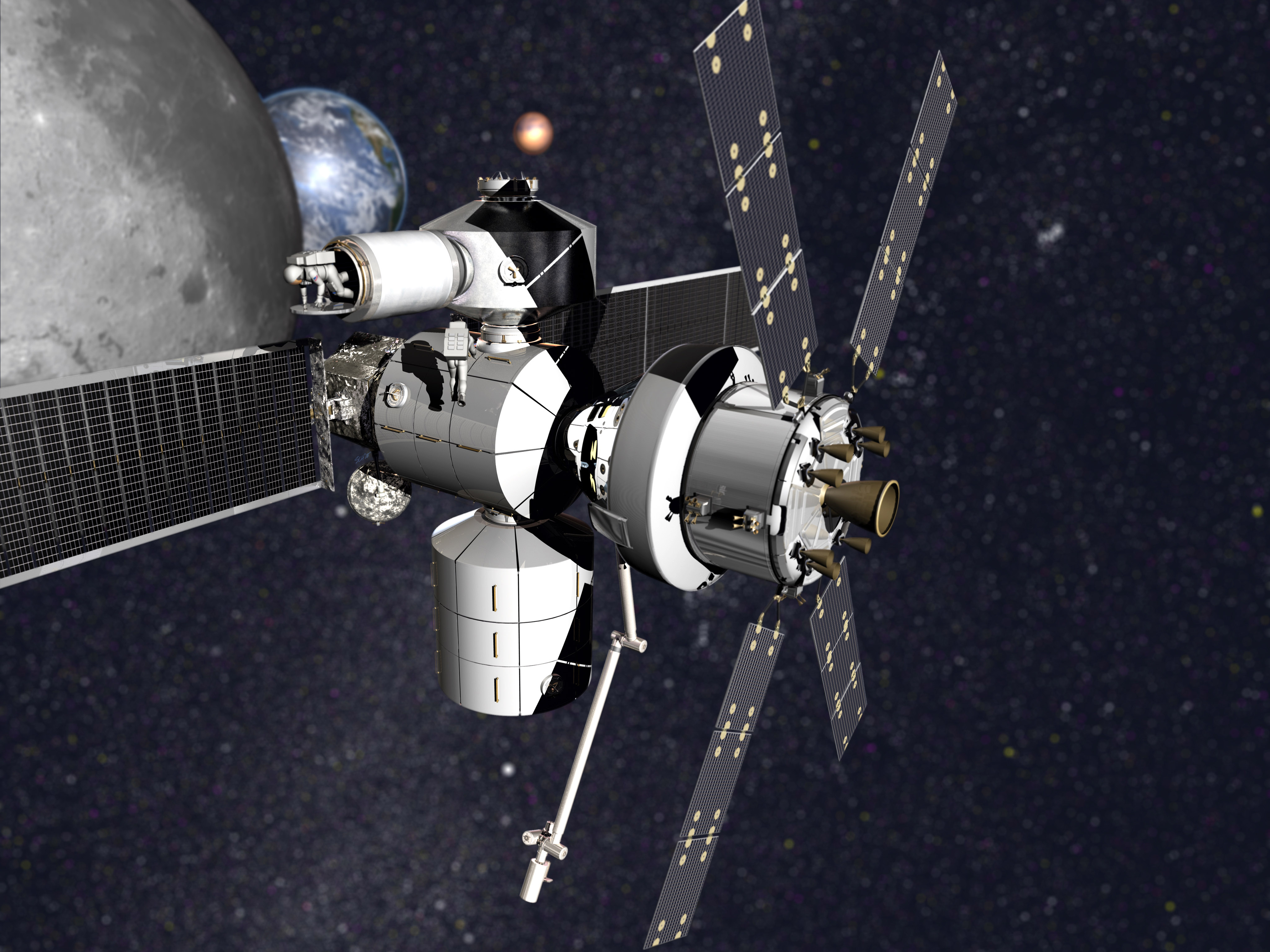
Lockheed Martin is working to revamp the design of a logistics module from the space shuttle resupply missions and create a full-scale habitat prototype. The company has also dreamed up a wilde plan for an orbital outpost around Mars, known as Mars Base Camp.
The design includes an environmental control and life support system (ECLSS) and an avionics system for navigation, communication and management of all flight functionality. Last year, Lockheed Martin unveiled their design for a new spaceflight system called "Jupiter" that could fly astronauts to the space station, the moon and beyond.
Up Next: Orbital ATK
Orbital ATK
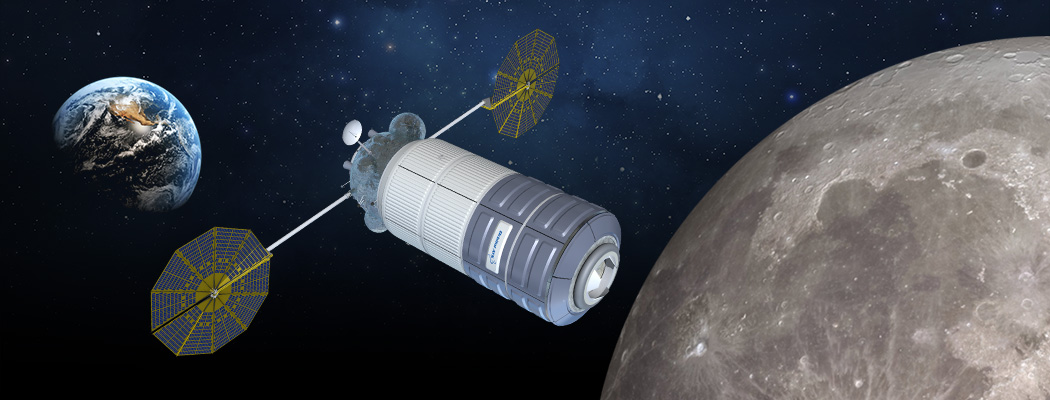
A Virginia-based private spaceflight company, Orbital ATK, is working on a design based on the Cygnus spacecraft, which currently flies automated and unmanned cargo supply missions to the International Space Station.
Orbital ATK's cislunar habitat concept will test interfaces between the new Cygnus-based spacecraft, the Orion crew module and other space modules. Its goal is to demonstrate the feasibility of long-term operations in deep space.
Up Next: Sierra Nevada Corporation
Sierra Nevada Corporation
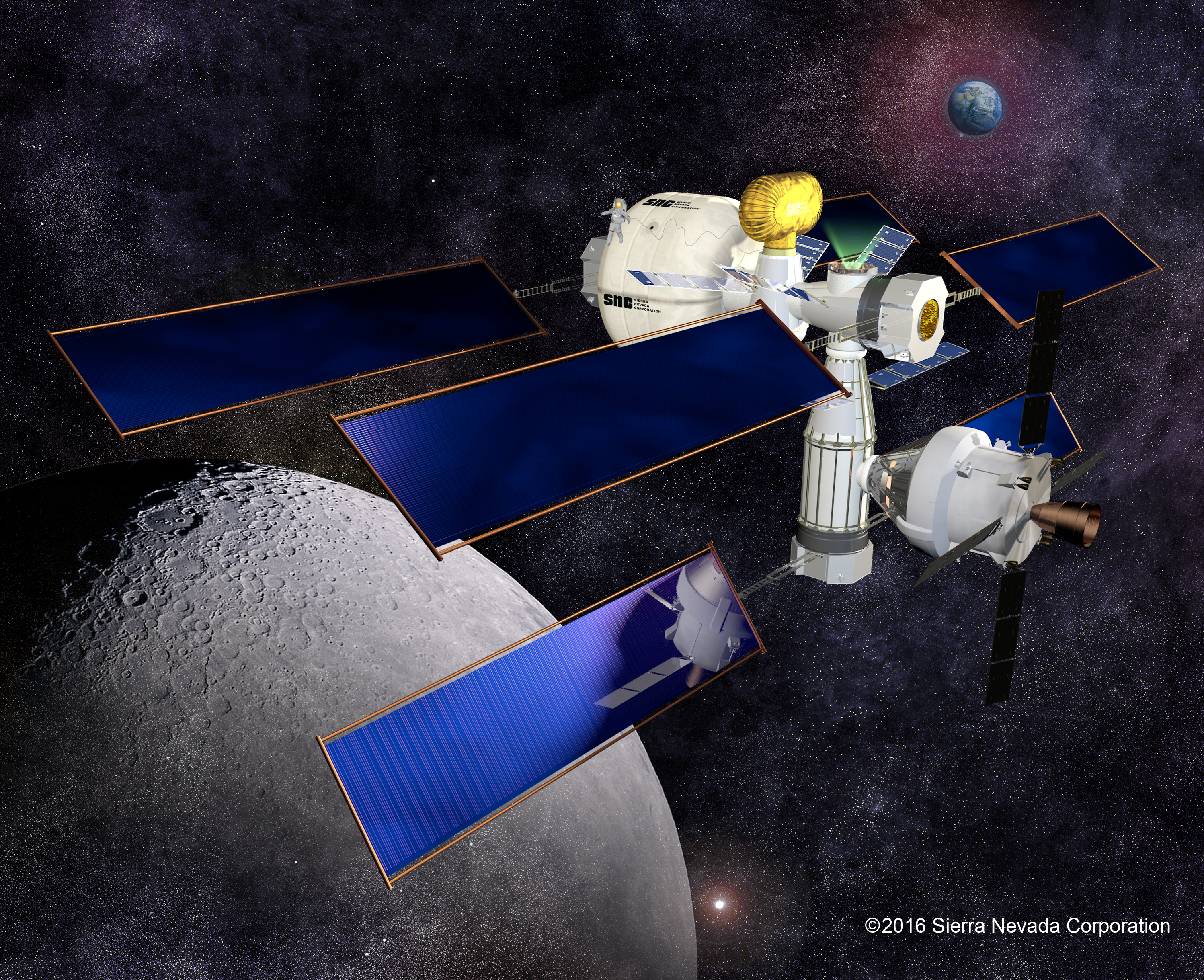
Sierra Nevada Corporation's idea for a deep space habitat involves 3 to 4 rocket launches for a long-duration habitat that will be constructed in space. Their prototype is based on the company's Dream Chaser cargo module.
The design includes a large inflatable fabric environment module, an environmental control and life support system (ECLSS), and a propulsion system.
Up Next: NanoRacks
Nanoracks
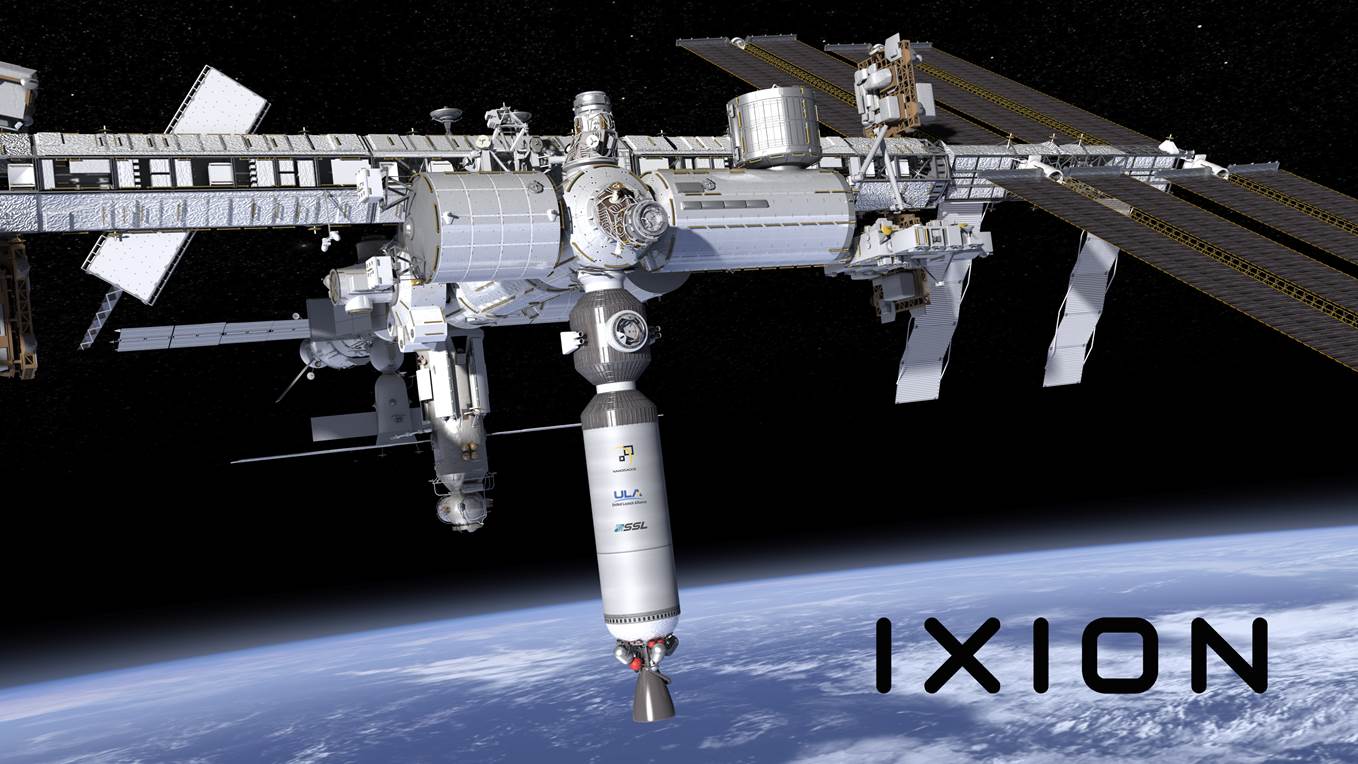
A Texas-based company named NanoRacks is teaming up with Space Systems Loral and the United Launch Alliance to find out whether an existing launch vehicle's upper stage can be converted into a pressurized, habitable environment for space exploration. This low-cost approach to sending humans into deep space could be achieved with any type of rocket.
Up Next: Bigelow Aerospace
Bigelow Aerospace
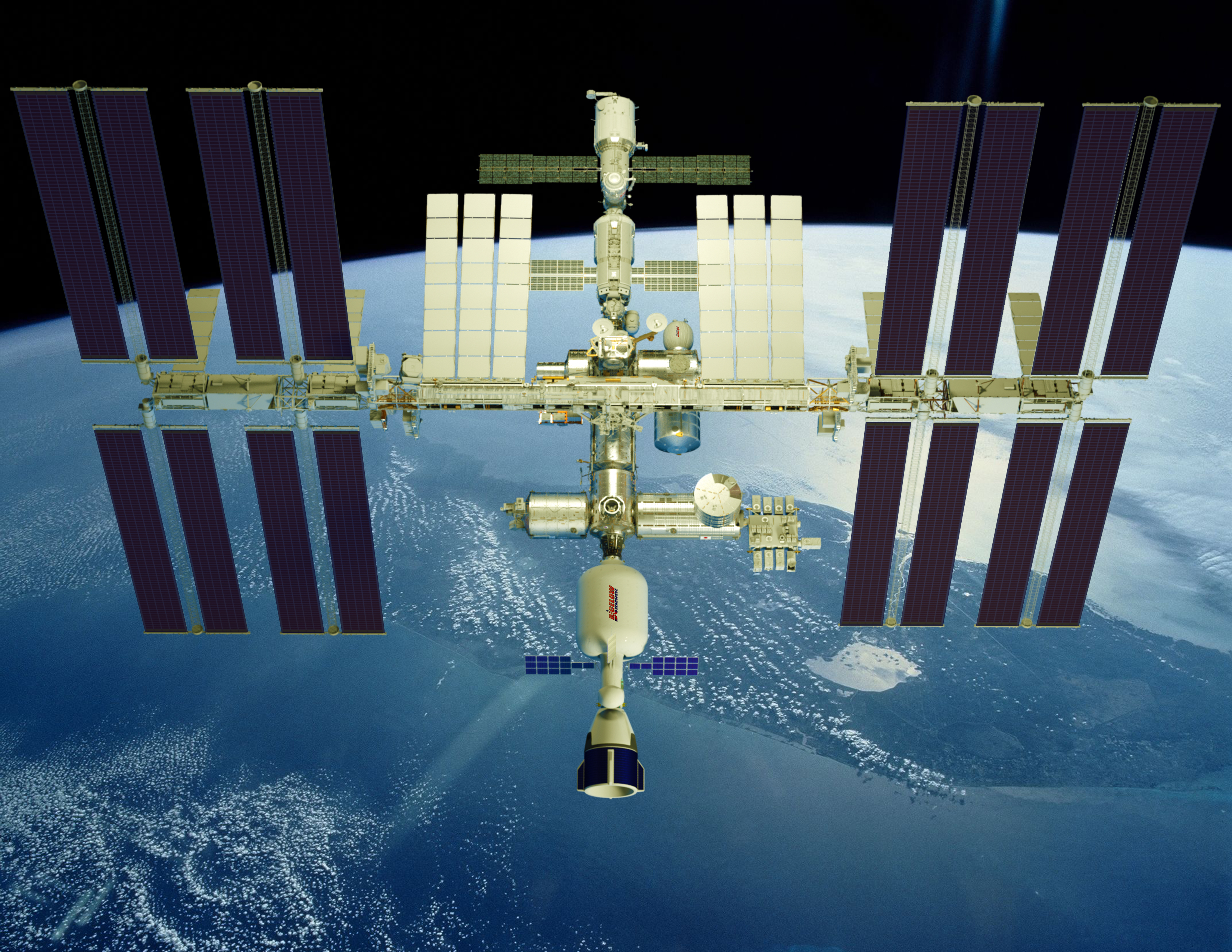
Bigelow Airspace, a company based in North Las Vegas, Nevada, is developing a prototype of an expandable habitat called XBASE (Expandable Bigelow Advanced Station Enhancement). The 330-cubic meter (432 cubic yards) habitat will attach to the International Space Station and serve as a testing platform for the technology necessary to safely send humans into deep space.
Bigelow tested a similar expandable space habitat on the ISS in April. Read our full story here: 'BEAM' Aboard: Experimental Inflatable Room Attached to Space Station.
Up Next: Boeing
Boeing
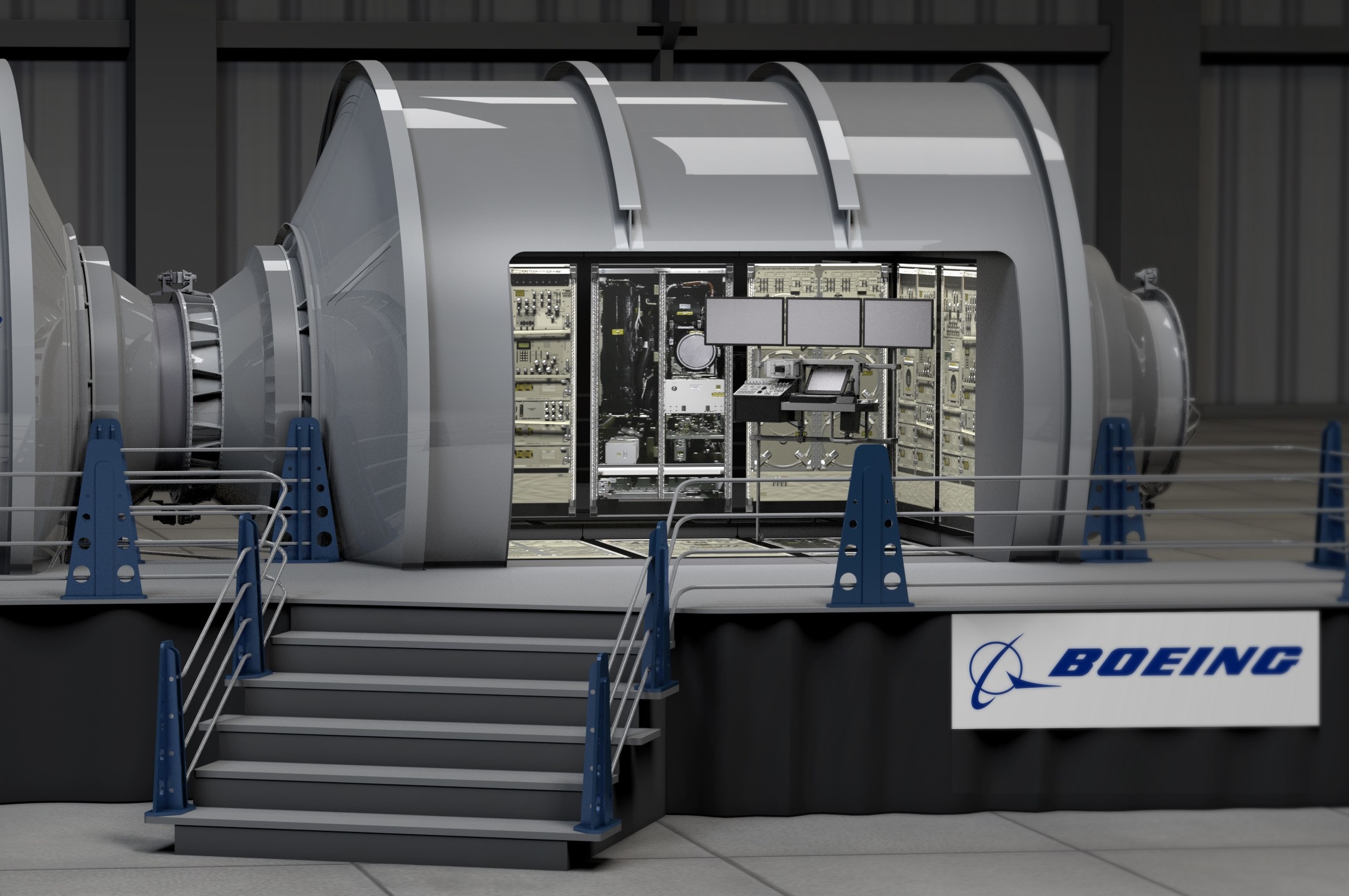
Boeing, a U.S. aerospace giant based in Houston, Texas, is also developing a modular habitat system. The company plans to be able to operate the International Space Station for at least 15 years after the giant space laboratory's mission is scheduled to end in 2024.
The modular habitat system aims to demonstrate that humans can safely live and work in space for extended periods of time.
Join our Space Forums to keep talking space on the latest missions, night sky and more! And if you have a news tip, correction or comment, let us know at: community@space.com.
Get the Space.com Newsletter
Breaking space news, the latest updates on rocket launches, skywatching events and more!

Hanneke Weitering is a multimedia journalist in the Pacific Northwest reporting on the future of aviation at FutureFlight.aero and Aviation International News and was previously the Editor for Spaceflight and Astronomy news here at Space.com. As an editor with over 10 years of experience in science journalism she has previously written for Scholastic Classroom Magazines, MedPage Today and The Joint Institute for Computational Sciences at Oak Ridge National Laboratory. After studying physics at the University of Tennessee in her hometown of Knoxville, she earned her graduate degree in Science, Health and Environmental Reporting (SHERP) from New York University. Hanneke joined the Space.com team in 2016 as a staff writer and producer, covering topics including spaceflight and astronomy. She currently lives in Seattle, home of the Space Needle, with her cat and two snakes. In her spare time, Hanneke enjoys exploring the Rocky Mountains, basking in nature and looking for dark skies to gaze at the cosmos.
